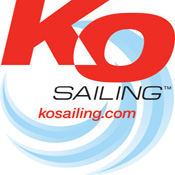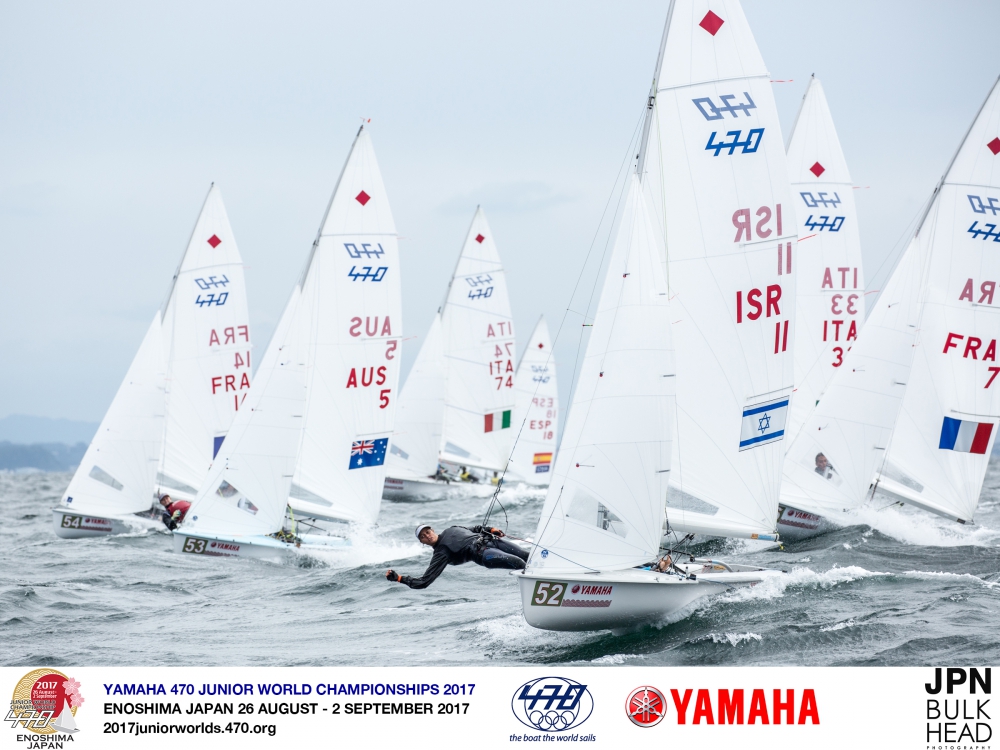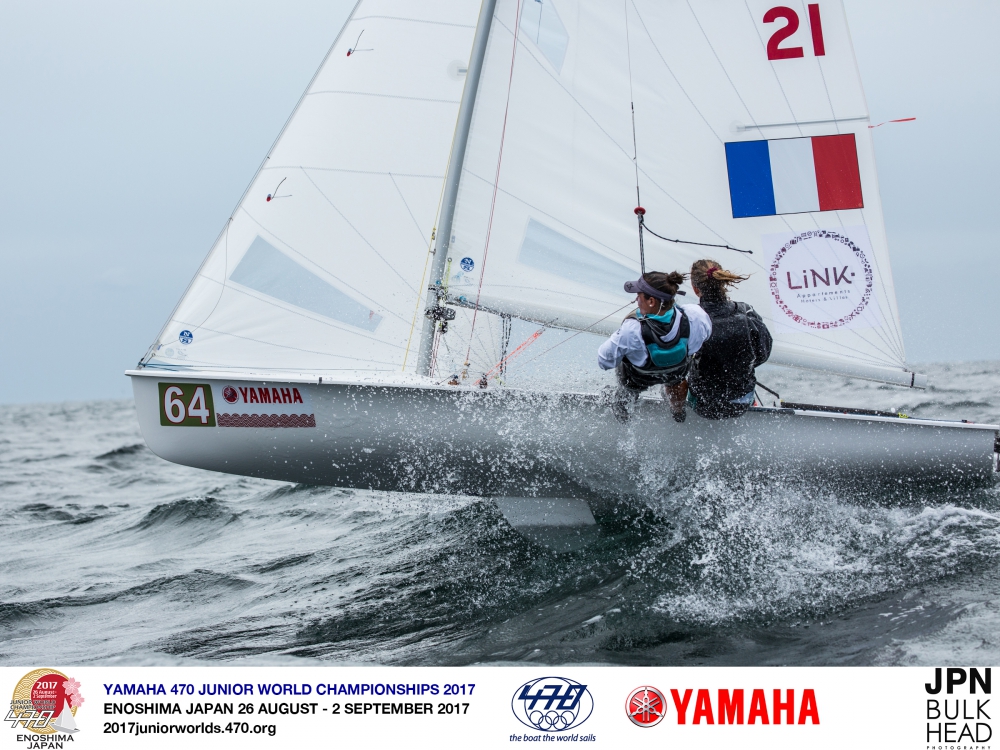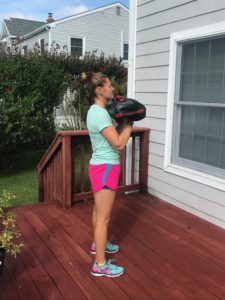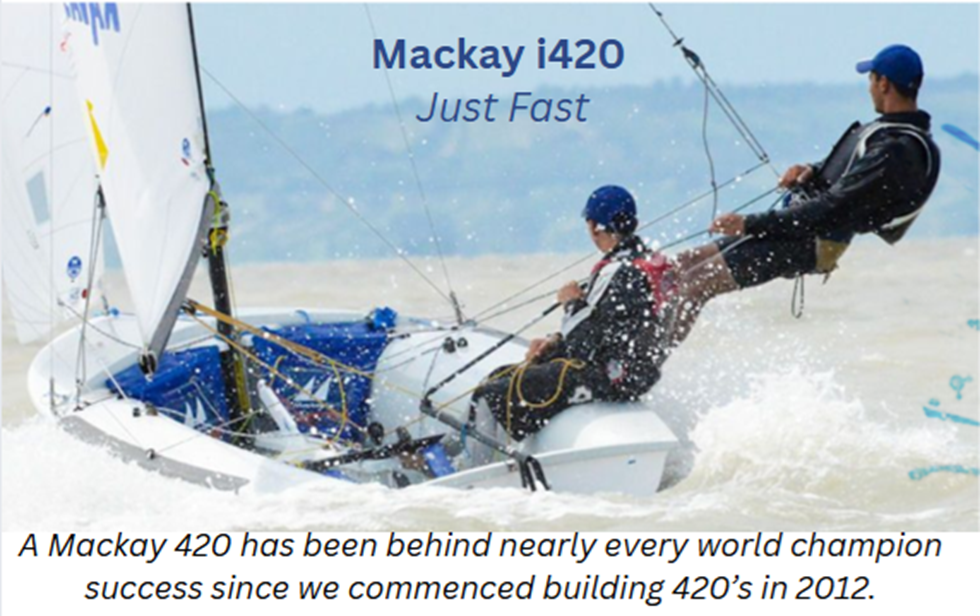
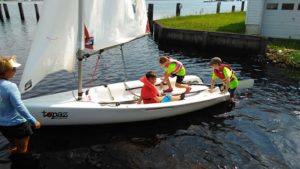
Blog
Get Involved: Join the Race Committee!
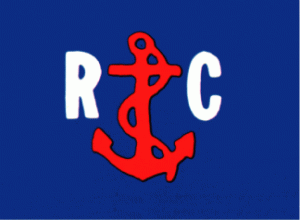
Sailboat racing involves many different roles in order to be successful. We have the skippers, crew members, shore crew, and of course, the race committee. Finding qualified people to be apart of the race committee can be difficult task. Often the most experienced candidates for the race committee are those who’d rather compete in a sailboat rather than be on the committee.
All of us sailors have attended the race where the race committee just didn’t “have it together.”
Here are some key points when it comes to being part of the race committee.
What is the Race Committee?
The term “race committee” includes any person or group in charge of “managing” a sailboat race. This includes everything from writing the sailing instructions to actually conducting the race.
What skills are required?
-Teamwork
-Ability to focus on a specific task
-Ability to follow instructions
-Ability to adjust quickly to changes
Do I need to know anything about sailboat racing?
No! Just be willing to learn and take directions.
How important is race management in sailboat racing?
No race is possible without the effort of the race committee. A race committee must be able to properly run and operate an orderly event for the satisfaction of the competitors. Without this, sailors might decide to not attend that regatta or race with the poor race committee.
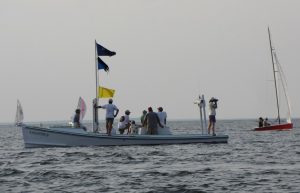
The prime goal is to offer fair competition for all. A good race committee starts on time, delivers clear racing instructions and signals, sets a precise course and adjusts promptly to changing wind and weather. A well-organized race committee does a lot to set the tone for fair competition.
Another important goal is to give satisfaction to competitors. This is done by setting a good start line, setting a good course and finish line, and providing a racing event that is safe and fun, ashore and afloat. It requires foresight, detailed planning and above all, teamwork.
What are the rewards?
-Satisfaction of a job well done
-Working as part of a team
-An important role in an exciting event
-Being out on the water
-Action, fun, new friends
The Race Management Team
Mark Setter- Positions, sets, and relocates marks of the course. Relays changes in wind to the race committee.
Wind Reader- Observes and records wind direction at regular intervals
Principal Race Officer (PRO)- Chief executive of the race committee team. Makes the major race management decisions.
Line Sighter- Sights starting line to identify boats “on the course side” and tracks boats returning to the start. Sights finish line to determine order and moment of finish.
Sounder- In charge of sound signals (gun, horn, or whistle) that draw competitors’ attention to visual signals.
Scorer- Tabulates points and finishing times for finishers and calculates handicaps if required.
US Sailing is committed to ensuring successful race committees. They administer a national program of race management training and certification. The certifications make sure that race committees meet a standard. Having these US Sailing Race Management Certifications can build your skills, be invited to run all types of racing, and make friends.
For more information on US Sailings Race Management Training check out their website.
http://www.ussailing.org/race-officials/race-officers/race-officer-program/
Sail1Design Career Consulting 101
Sailing Coach Job Hunt 101
For over a decade now, Sail1Design has helped sailing programs and professional marine-industry institutions find great candidates to fill open positions. Through the Great Recession, and now what we hope will be continued recovery, our Job Bank/Career Center has helped place thousands of candidates with coaching, sailing, and marine-related job openings throughout the US, and beyond.
In that time we’ve learned a little bit, and as always, continue to be impressed both with the incredible job opportunities available, along with the quality of candidates that use our site as a resource.
We know it can be difficult and sometimes stressful; here are a few tips, both for employers and candidates alike, that we’ve found help expedite the search-to-hire process.
EMPLOYERS
- Take Your Time. The best ads for candidates are not hastily drawn up, but thoughtful, concise, and organized. In many cases this is the first experience candidates have with your institution, and will make an impression based on what you say, and how you say it. Our system offers job ads for all levels, and each is effective. Generally, the more exposure you invest in, the better off your application pool will be.
- Don’t Say Too Much. Sounds crazy, but while every word counts in your description, more words, additional duties, and too much at first bite may leave too little negotiating room later. You want to have candidates call on you…. And their having questions about the job is a good thing. Don’t let your ad cause them not to call unnecessarily!
Be Positive & Creative. Add testimonials, photos, videos, that show off your institutions unique strengths. Visuals and positive testaments about your organization speak volumes to candidates! Even for candidates you may not hire, it’s amazing how things can change, and how our small community communicates. Candidates have taken the time to apply; your institutions reputation with all candidates will grow if you are proactive, and respond to applications professionally, and quickly. The candidate you say “no” to may be a good friend of the person you want to hire!
- Do Your Homework. Search our Database. Sail1Design has a very healthy database of premium active resumes. Often employers search this before creating their job ad. Active candidates may already be waiting for your call!
- Need More Help? Hire S1D. Sail1Design offers hiring services and job recruitment consulting. We have a combined 100+ years in
the sailing industry and hiring process, so we can help! [email protected]
JOB SEEKERS
- Build a Resume. Sail1Design offers a resume service, where you can create your own resume for employers easily to access. Log into our site and hit the “Post a Resume” button. Taking the time to create a job-specific resume speaks volumes to the hiring crew; it tells them that their institution is really on your mind! Sail1Design also offers a premium resume bank that employers can search through, often before they post a job. Make sure your resume is in there; you may get a call before the job is even posted!
- Ask! Be ready with targeted, focused questions about each opportunity. Housing, time off, growth opportunities, etc. can expedite your search and also show employers that you are serious.
- Communicate Often and Quickly. Job opportunities often come and go quickly. If you are keen on a job, make 100% sure the institution knows about you, your genuine interest, and your contact information. If you ever feel like the lines have gone down, it’s almost never a bad idea to follow up again. And, for jobs you applied for that may not be tops on your list, make sure still to follow up positively and professionally. You never know, you may end up wanting to be there.
- Line Up References. Make sure you research opportunities, and line up personal references beforehand so hiring companies will be able to fast-track your application to the final group. References are enormously important in the tight-knit sailing world.
2017 470 Junior World Championship Results & Report
From 470.org
Spain’s Silvia Mas Depares/Paula Barcelo Martin today successfully defended their Junior World title and France’s Hippolyte Machetti/Sidoine Dantès claimed their first 470 Junior World Championship victory.
For Full Results, go HERE
The final day of racing at the 2017 470 Junior World Championships enjoyed a superb 15-20 knot northerly breeze, as Typhoon #15 remained to the east of Japan. A last race at 1100 hours for teams not in the medal race was followed by the podium decider for the top ten men’s and women’s teams, all raced on course area B, much closer to shore.
The breeze from the shore was shifty and gusty, jumping up to 28 knots, but building on the experience of the past two days of strong winds, teams looked much more confident and fully prepared for whatever the weather threw at that them as they headed out to the race track.
The Medal and Prize giving ceremony took place at Enoshima Yacht Harbour with traditional Japanese celebrations.
The next international event taking place in Enoshima is Olympic Week, 26-29 October, which will see the return of many of the 470 fleet.
470 MEN
The Men’s Medal Race was a showdown between the top four boats, and as the race unfolded decision making was critical in the close tactical situations. Series leaders Hippolyte Machetti/Sidoine Dantès were on target to win their first 470 Junior title, but had the significant matter of Japan’s Daichi Takayama/Naoya Kimura and team mates Guillaume Pirouelle/Valentin Sipan (FRA) to eliminate from gold medal contention.
During the 2nd upwind leg of the windward/leeward course, Machetti/Dantes were covering Takayama/Kimura, and the Japanese were also keeping their eyes close on Piroquelle/Sipan.
“Probably, one time, we had an opportunity to stay with Piroquelle/Sipan, but we wanted to break through the situation with Machetti/Dantes and beat them. We then saw Piroquelle catching a better gust,’ said Takayama. The Japanese finished the medal race in 5th to claim the bronze medal.
Machetti/Dantes did what they needed in the race, finishing 3rd, and with it claimed the 470 Junior World Championship title, and upgrading from their silver medal at the 2017 470 Junior Europeans last month. Silver to Piroquelle/Sipan, who themselves won the 470 Junior World title in 2015.
“It is totally amazing to win here in Japan the Junior World Championship,” said an elated Machetti. “We really expected to make this result and we did it, so we can’t be more happy today.”
Sidoine added, “It was hard work on the water because we had to control the Japanese to be first. We did it so amazing, we are really happy.”
470 Men – Overall Top Ten
1. Hippolyte MACHETTI/Sidoine DANTÈS (FRA 79) – 20 pts
2. Guillaume PIROUELLE/Valentin SIPAN (FRA 76) – 33 pts
3. Daichi TAKAYAMA/Naoya KIMURA (JPN 4601) – 34 pts
4. Giacomo FERRARI/Giulio CALABRÒ (ITA 757) – 53 pts
5. Wiley ROGERS/Jack PARKIN (USA 7) – 60 pts
6. Keiju OKADA/Kotarou MATUO (JPN 4562) – 70 pts
7. Nitai HASSON/Tal HARARI (ISR 15) – 83 pts
8. Thomas PONTHIEU/Quentin PATURLE (FRA 95) – 86 pts
9. Maor ABU/Yoav ROOZ (ISR 10) – 103 pts
10. Chris CHARLWOOD/Josh DAWSON (AUS 8) – 110 pts
470 WOMEN
The Women’s Medal Race was equally tense between Silvia Mas Depares/Paula Barcelo Martin (ESP)and Australia’s Nia Jerwood/Monique De Vries. At the bottom gate, Jerwood/De Vries had the advantage, whilst Mas/Barcelo almost capsized after gybing, and rounded in the back half of the fleet.
This position change was enough to hand the gold to the Australians, but in the second upwind all change as the Italian teams and France’s Marina Lefort/Lara Granier overhauled the Aussies. The Spanish partnership managed to recover to finish the medal race in 6th place and win the gold medal and their second successive 470 Junior World Championship title.
“It feels amazing to win the Junior Worlds with Paula as crew,” commented Mas. “We are very happy, as it has been a difficult week with all conditions and very windy, and finally everything was very tight and now it is over and we are really happy to win here in Enoshima.”
Silver to Jerwood/De Vries and bronze to Ilaria Paternoster/Bianca Caruso (ITA).
“This is a very valulable regatta for us and is the first stepping stone in our campaign towards 2020,” reflected Jerwood, “and we are looking forwards to the next 3 years of working hard and we’ve got a few more regattas ahead of us at the end of the year, and we look forward to coming back here for Enoshima Olympic Week.”
All these teams have evolved their 470 careers alongside each other, and stepped into the 470 from the 420 Class. Their rivalries will continue in the campaign to Tokyo 2020 with the first Olympic qualification event next year at the Sailing Worlds in Aarhus, Denmark. Teams will return to Enoshima for the 2019 470 World Championships, which will also be an Olympic qualification event.
The experience of racing in Enoshima, on the waters that will host the 2020 Olympic Games has been hugely beneficial, with light and strong winds as well as the Typhoon impact putting teams on notice of what to expect on the Olympic race track.
470 Women – Overall Top Ten
1. Silvia MAS DEPARES/Paula BARCELO MARTIN (ESP 18) – 40 pts
2. Nia JERWOOD/Monique DE VRIES (AUS 5) – 45 pts
3. Ilaria PATERNOSTER/Bianca CARUSO (ITA 33) – 49.7 pts
4. Benedetta DI SALLE/Alessandra DUBBINI (ITA 74) – 57 pts
5. Beste KAYNAKCI/Simay ASLAN (TUR 99) – 72 pts
6. Jennifer PORET/Camille HAUTEFAYE (FRA 14) – 73 pts
7. Marina LEFORT/Lara GRANIER (FRA 7) – 74 pts
8. Courtney REYNOLDS-SMITH/Brianna REYNOLDS-SMITH (NZL 75) – 88 pts
9. Olivia BERGSTRÖM/Lovisa KARLSSON (SWE 34) – 93 pts
10. Noya BAR-AM/Nina AMIR (ISR 11) – 95 pts
Sandbag Training: Build Serious Strength For Sailing
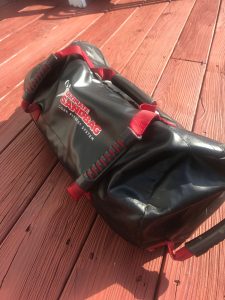
What makes the Sandbag Great for Building Strength for Sailing:
1. Sandbags vary in weight sizes and you can easily adjust the weight to pick the perfect weight for you.
2. The sandbag is awkward to lift, and this requires you to work hard to perform exercises which helps you build total body strength.
3. Your grip strength will majorly improve with the sandbag.
4. The sandbag is unstable which helps you to gain serious core strength.
Sandbag Workout:
-Warm up with Dynamic Stretching (5 minutes)
Core Activation:
Push Ups (30 secs)
Plank w/ Alternating Leg Lift (30 secs)
Single Leg Squat (30 secs each side)
Split Lunges (30 secs)
Repeat x 3 with 30 secs rest between sets
Workout:
1. Sandbag Bent Row (12 reps)
2. Sandbag Rotational Lunge (20 reps)
3. Sandbag Bearhug Squat (12 reps)
Repeat 3x with 30 secs Rest between sets
1. Sandbag Standing Overhead Press (12 reps)
2. Sandbag Pull Through (20 reps)
3. Zercher Squat (15 reps)
Repeat 3x with 30 secs Rest between sets
1. Front-Loaded Sandbag Good Mornings (15 reps)
2. Crawl with Pull Through (10 reps)
3. Alternating Overhead Press (12 reps)
Repeat 3x with 30 secs Rest between sets
-Cool Down with Foam Rolling and Static Stretching
For more information on fitness for sailing contact [email protected]. Also check out Sailorcise on Facebook, Twitter, and Instagram for daily tips on fitness, nutrition, and sailing.
Club Profile: Rollins College Sailing
Founded in 1885 by New England Congregationalists who sought to bring their style of liberal arts education to the Florida frontier, Rollins is a four-year, coeducational institution and the first recognized college in Florida. News Flash: Rollins College seeks a new Head Sailing Coach!
The perfect blend
Challenging coursework, engaging service and international opportunities, and nearly 100 student-led organizations and clubs create a rich living and learning environment ripe for you to find your passion and potential.
Engage in a wide range of ideas and perspectives
A Rollins education challenges you to step outside of your intellectual comfort zone—explore new ideas, reconcile seemingly irreconcilable perspectives, read critically, and write reflectively. In the process, you’ll attain a deeper understanding of the world and your place in it.
Make a difference
At Rollins, you won’t serve the community for the mere purpose of adding a line to your resume—you’ll connect your education and your passions to the needs of the world.
Did we mention location?
Located along the banks of Lake Virginia in Central Florida, our beautiful campus encourages you to take advantage of Florida’s natural beauty and Orlando’s vibrant metropolis.
Mission Statement
Rollins College educates students for global citizenship and responsible leadership, empowering graduates to pursue meaningful lives and productive careers. We are committed to the liberal arts ethos and guided by its values and ideals. Our guiding principles are excellence, innovation, and community.

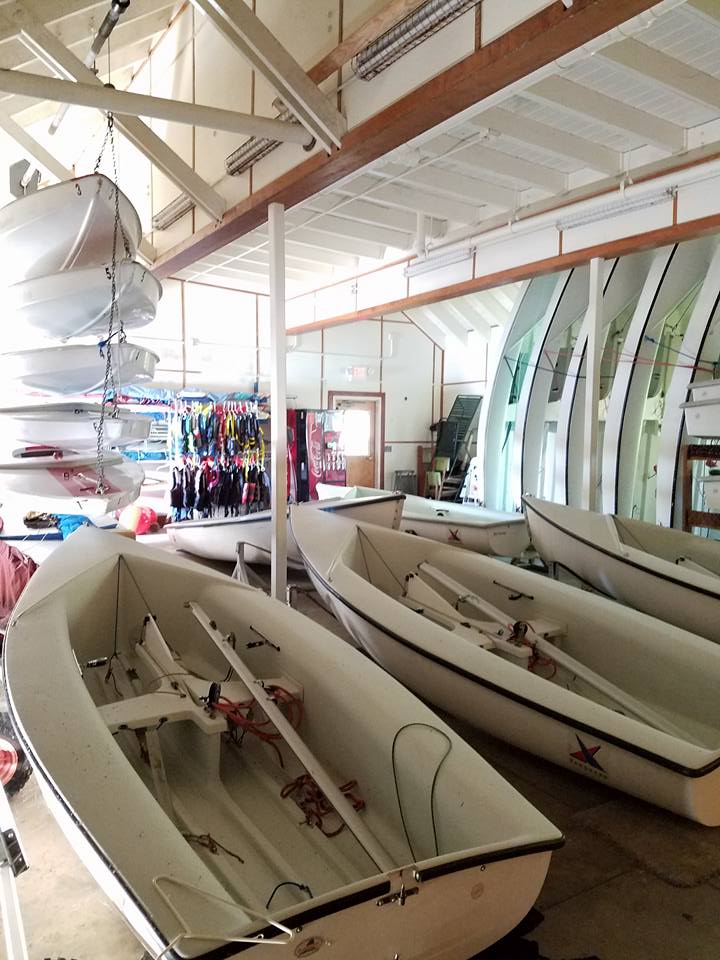
Sailing Team: News Flash: Rollins College seeks a new Head Sailing Coach!
Rollins College is accepting applications for a Head Varsity Sailing Coach. This is a full-time, 12-month position reporting to the Director of Athletics. This role is responsible for all phases of coaching the sailing program, including administrative duties; recruiting; budget management, including purchase, maintenance and inventory of all equipment; hiring and supervising assistant coaches; program management; fundraising and public relations; and planning and scheduling practices, games, transportation and meals. Anticipated start date: January 2018.
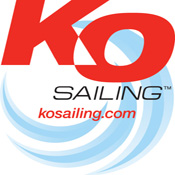
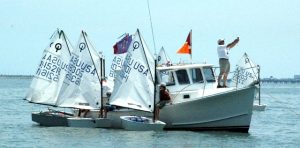

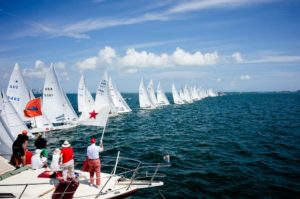

 Be Positive & Creative. Add testimonials, photos, videos, that show off your institutions unique strengths. Visuals and positive testaments about your organization speak volumes to candidates!
Be Positive & Creative. Add testimonials, photos, videos, that show off your institutions unique strengths. Visuals and positive testaments about your organization speak volumes to candidates! 